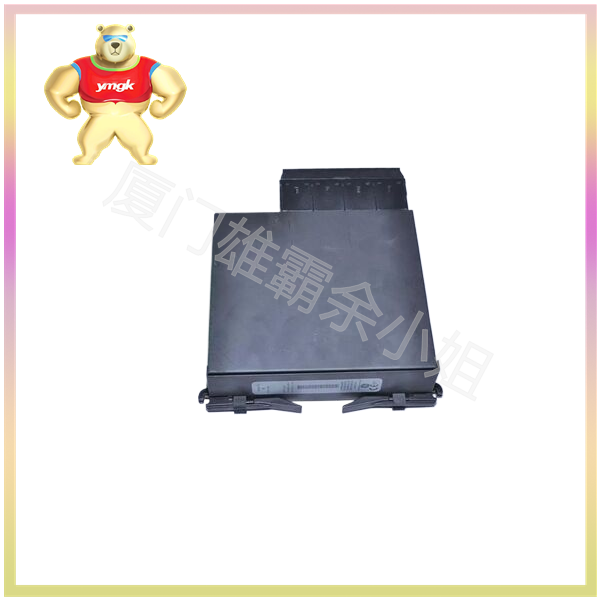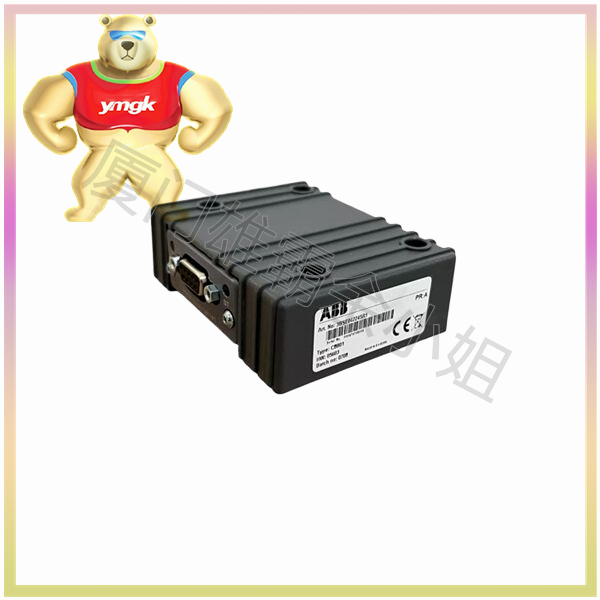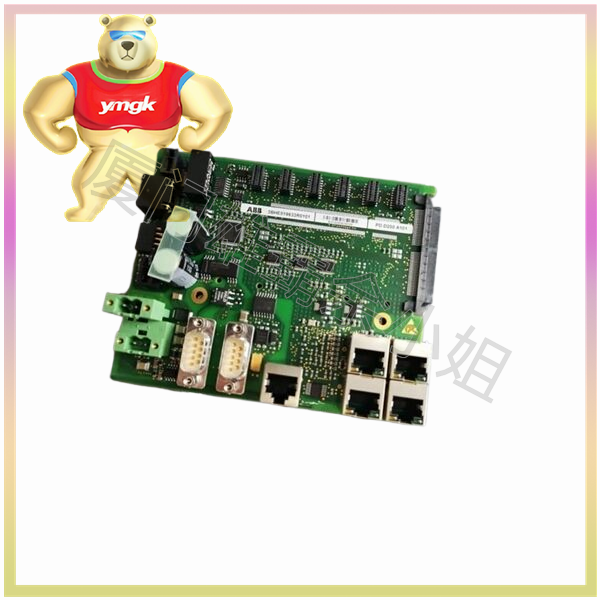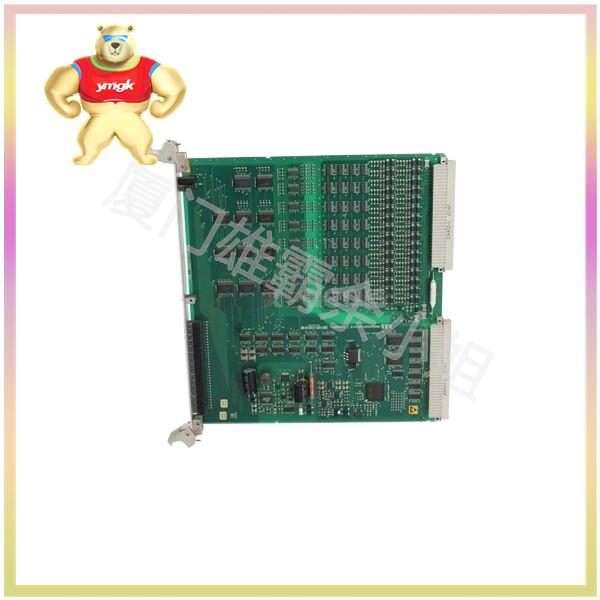The control principle of servo control system is based on closed-loop control theory, usually including the following steps:
Set target position: According to control requirements, set the target position, speed, or acceleration that the motor needs to achieve. These set values are received and stored by the controller.
Sending control instructions: The controller generates control instructions based on the set target value and transmits them to the motor through the driver. The form of control instructions can be analog signals, pulse signals, or digital signals.

Detecting actual position: Sensors monitor the actual position, speed, and acceleration of the motor and provide feedback to the controller. These information are usually transmitted in the form of analog or digital signals.
Comparison and Adjustment: The controller compares the feedback signal with the set value, calculates the deviation, and adjusts the control instructions based on the magnitude of the deviation to reduce it. This process is a dynamic process, and the controller needs to constantly compare, calculate, and adjust to ensure that the output of the controlled object can accurately track the input.
Execution control: The driver drives the motor to move according to the adjusted control instructions until the target value is reached. During the execution process, the controller continuously receives feedback signals from the detection stage and adjusts control instructions based on these signals to ensure the stability and accuracy of the system.






